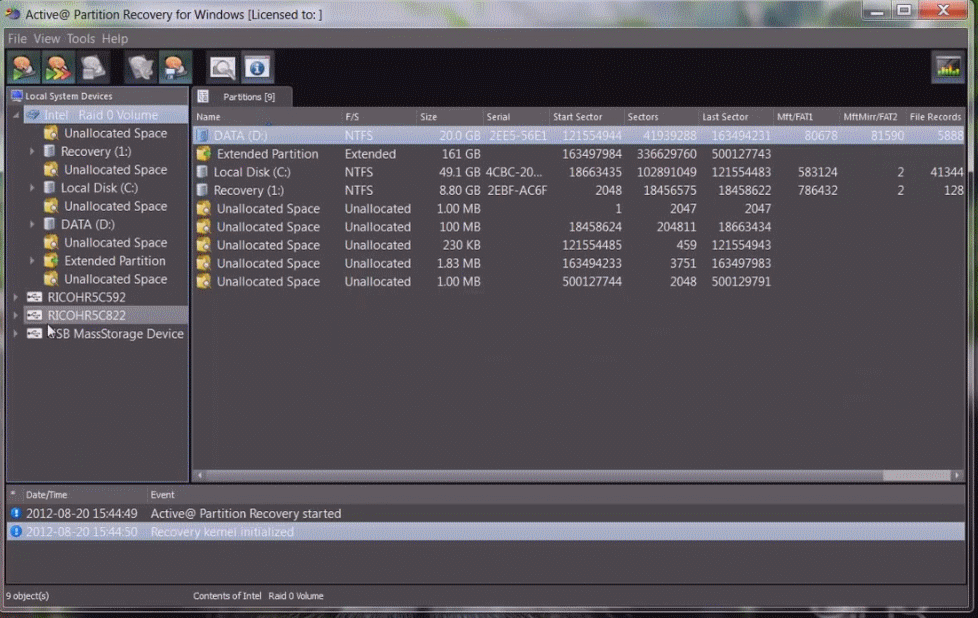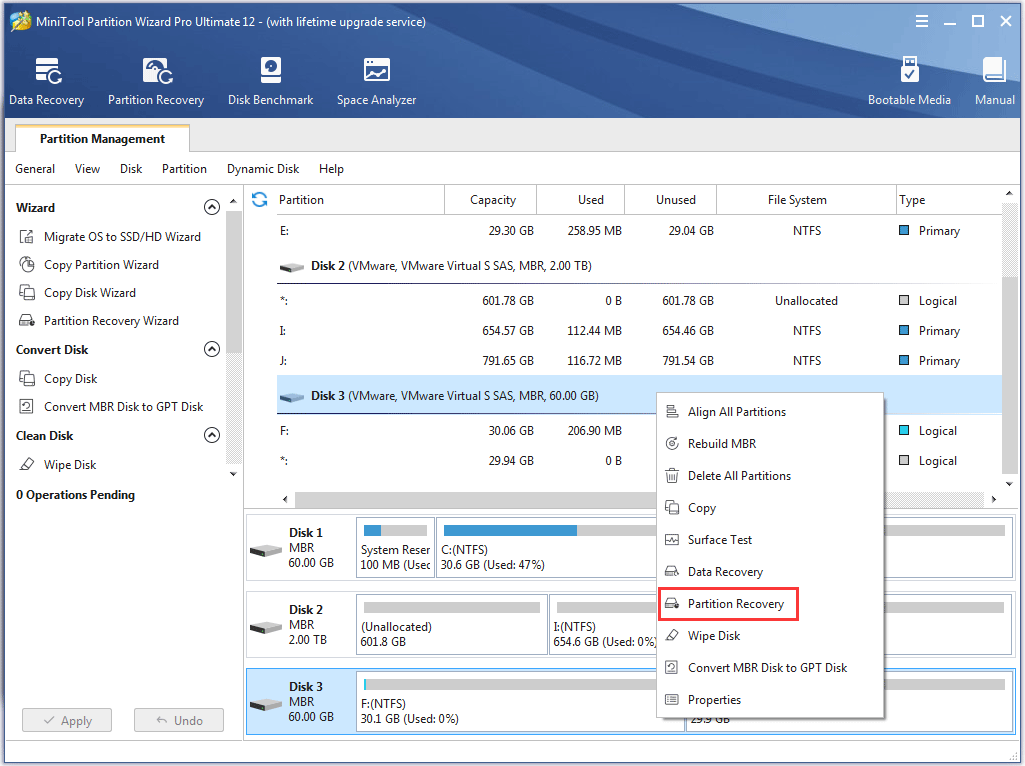

This option copies the hidden recovery partition created when you install Windows, and also gives you an option to delete that partition when the process is done.

Note: Instead of backing up system files, Windows 8 includes an option named “Copy the recovery partition to the recovery drive” instead. We think it’s well worth selecting this option, but make your decision, and then click the “Next” button.

If you select the “Back up system files to the recovery drive” the creation of the recovery drive will take a good bit longer-up to an hour in some cases-but in the end, you’ll have a drive you can use to reinstall Windows in a pinch. In the “Recovery Drive” window, you’ve got a choice to make right off the bat. Windows will format the drive as FAT32 during the process, but the creation tool seems to need the drive in NTFS format to begin. Update: Before you continue, ensure the USB drive you will be using is formatted as NTFS. To open the recovery drive creation tool, hit Start, type “recovery drive” into the search box, and then select the “Create a recovery drive” result. RELATED: Three Ways to Access the Windows 8 or 10 Boot Options Menu Create a Recovery Drive (USB) So, be sure to keep your PC backed up, as well. It does not back up your personal files or installed applications. Also, know that the recovery drive backs up the system files necessary to reinstall Windows, but you should not consider it a back up. Like we said, though, both tools will let you access the advanced boot options and other recovery tools if you can’t access them any other way. Having a system repair disc around will let you troubleshoot startup problems on different PCs running the same version of Windows.

The USB-based recovery drive is tied to the PC that you used to create it.If your PC cannot boot from USB, you’ll need the CD/DVD-based system repair disc.That said, there’s no reason not to go ahead and create both, and in fact, there are a couple of reasons you might want to create a system repair disc as well: While you can use both tools to access the Windows advanced boot options for troubleshooting startup, we recommend using a USB-based recovery drive when possible, since it contains all the same tools as the system repair disc, and then some. Which Recovery/Repair Tool Should You Create?


 0 kommentar(er)
0 kommentar(er)
